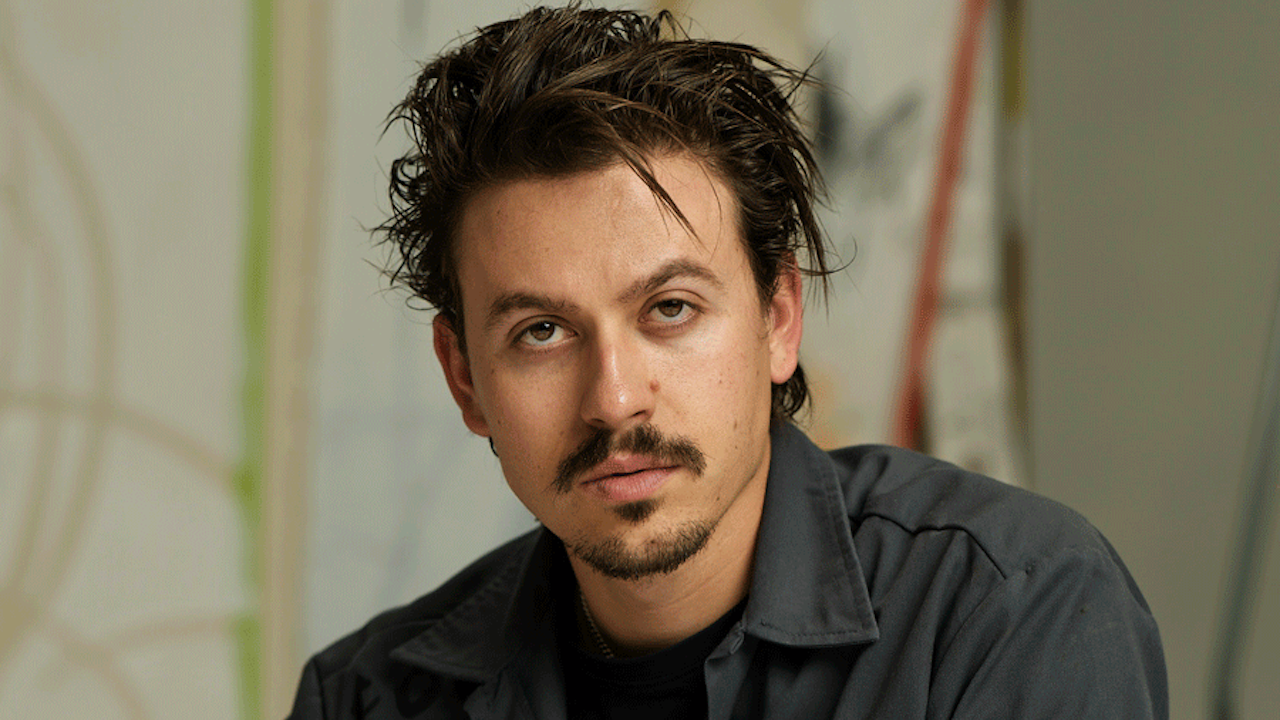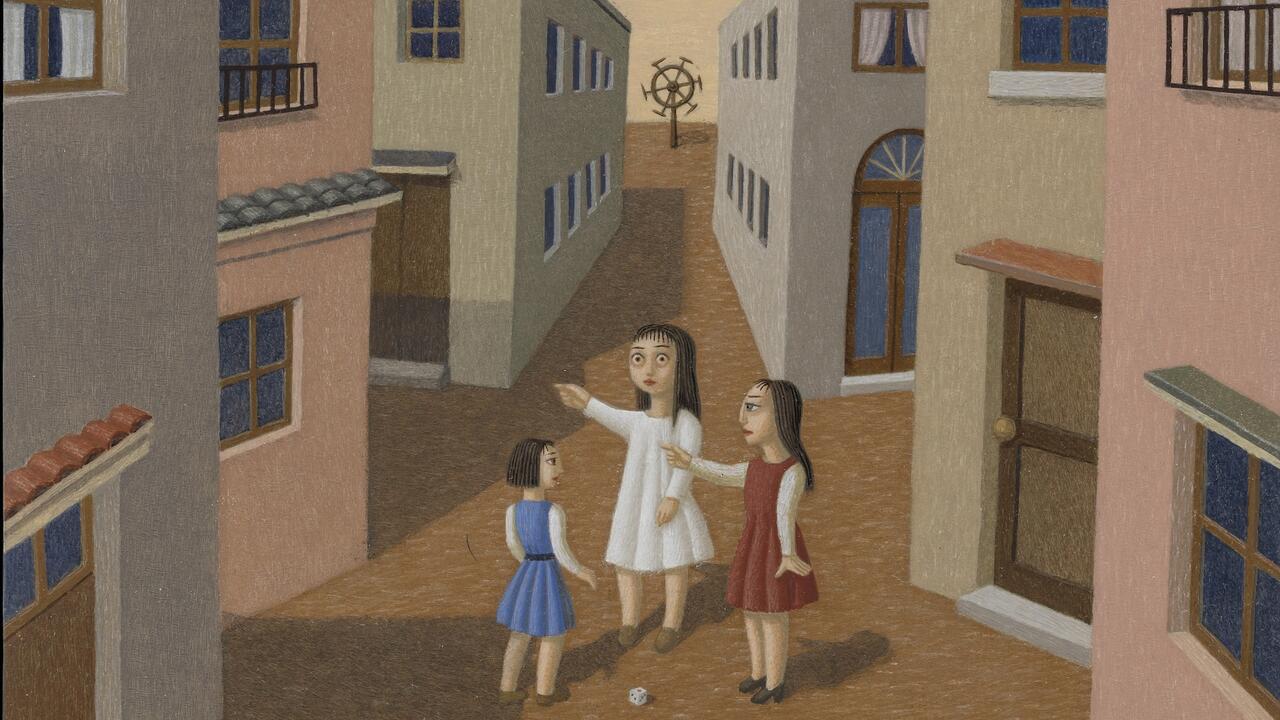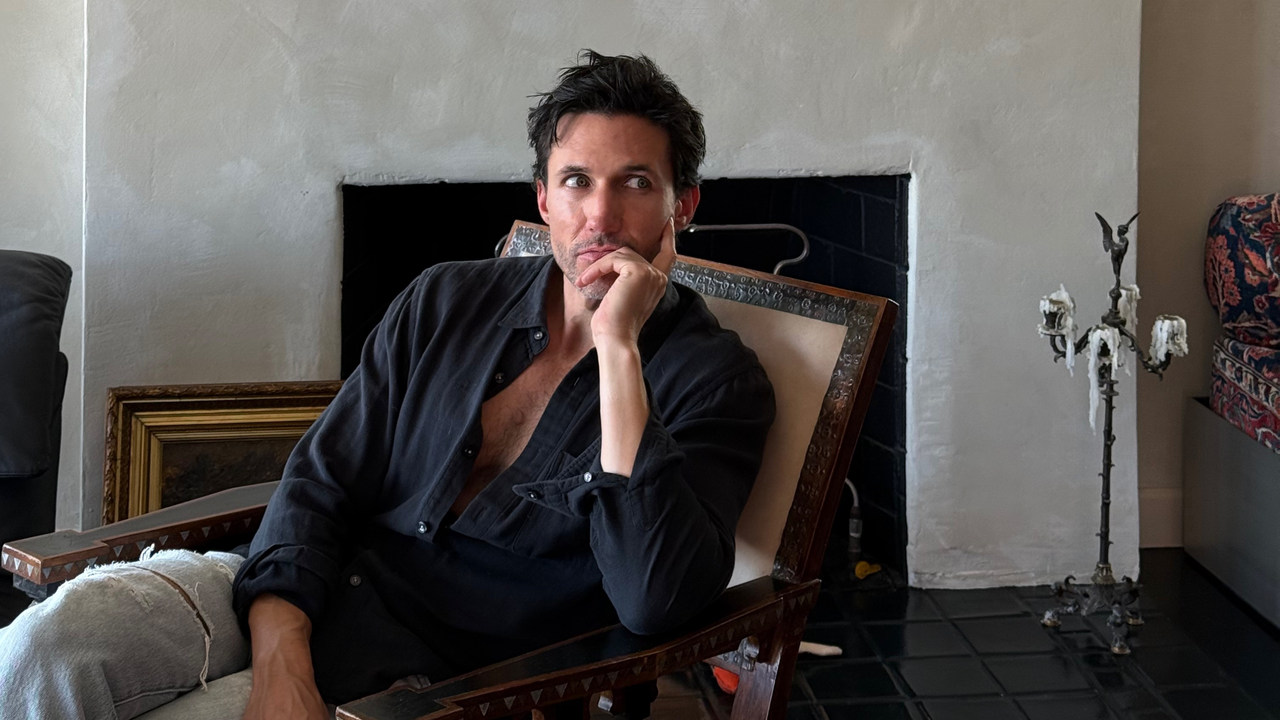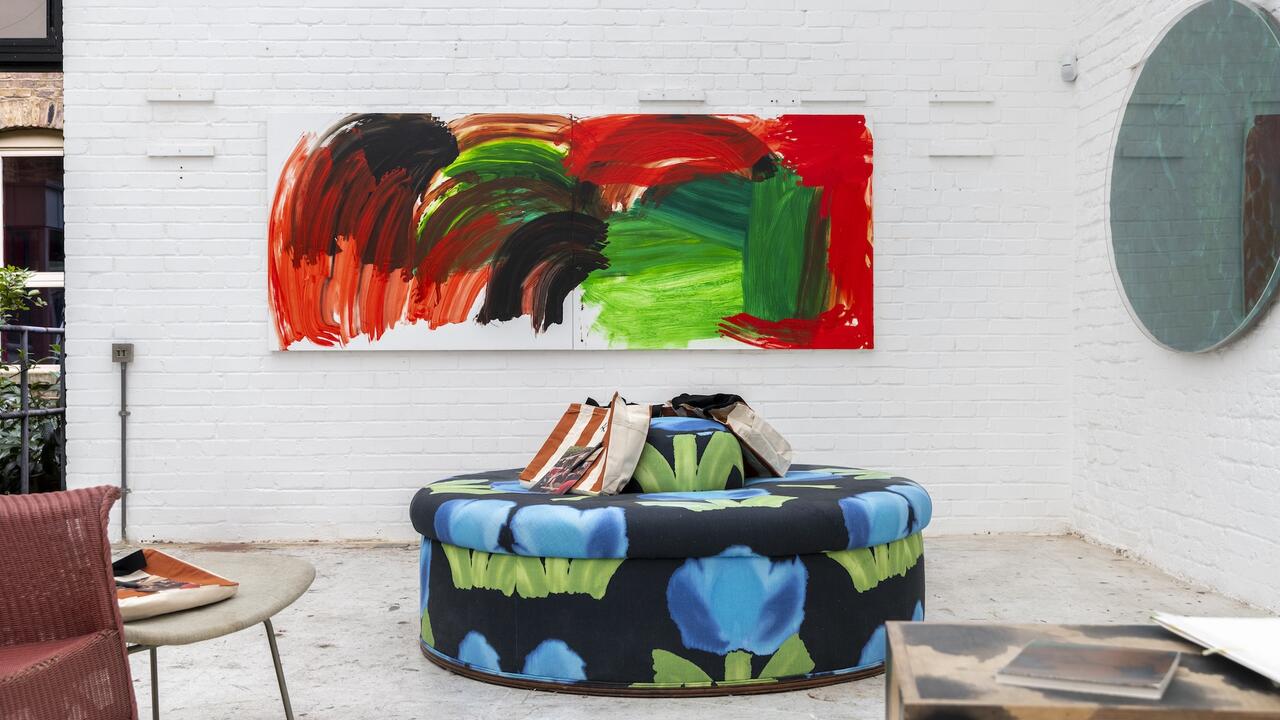To the Streets
A pivotal moment for public performance in the Arab world – this is the first in a regular series of columns by Beirut-based writer Kaelen Wilson-Goldie
A pivotal moment for public performance in the Arab world – this is the first in a regular series of columns by Beirut-based writer Kaelen Wilson-Goldie

In December 2009, the Egyptian artist Amal Kenawy staged a performance in downtown Cairo that landed 15 or so people in prison. The piece, Silence of the Lambs, curated by Nikki Columbus, was part of the exhibition ‘Assume the Position’ at the Townhouse Gallery of Contemporary Art. Delving into the formal, political and ethical dimensions of performance and spectatorship, the show included photographs and videos by Osama Dawod, Cyprien Gaillard and Enrique Metinides, among others, in addition to newspaper images from Amgad Naguib’s archive. Kenawy’s performance was scheduled to occur twice, marking the opening and closing of the exhibition.
For the first outing, Kenawy appeared on a street corner in overalls and a pair of glamorous bug-eyed sunglasses. Playing the part of urban shepherdess, she guided her brother Abdel Gahny (with whom she collaborates), the curator Sarah Rifky, two children and a dozen day labourers hired for the occasion; they crawled on their hands and knees across a major intersection, jamming midday traffic and drawing a large, volatile crowd. A man in a sharp blue blazer immediately stepped in and began shouting. That many people in the crowd were filming and photographing the performance didn’t help, nor did the large number of foreigners, many of whom were in town for the opening of the 25th Alexandria Biennale and an international curatorial workshop organized by Tate. The shouting match grew into a jostling mob that followed the performers as they turned down a sidestreet, still on their hands and knees. One person called Kenawy a whore and another suggested the whole thing was evidence of a cruel international plot to tarnish the image of Egypt. When the guy in the blazer questioned the manhood of the men on the ground, they stood to confront him and, for the briefest of moments, things got totally out of hand. But the police arrived, the crowd dispersed and most of the performers spent the night in jail. The gallery quietly stripped the exhibition of all references to the work. The artist and her actors were released within 24 hours. The second performance was cancelled. Relations among the parties involved grew strained.
As a none-too-subtle commentary on poverty, powerlessness and the ills of an authoritarian system, Silence of the Lambs made even of the most sympathetic of spectators uncomfortable. In previous performances, Kenawy had mastered the art of the highly symbolic but nonetheless elegant gesture: she had set a white wedding dress on fire amidst the ruins of a Byzantine church in Amman in Jordan, a gorgeous act of liberation as poetic conflagration, and had stitched enormous bolts of quilted pink fabric around a crumbling structure in Sharjah, as if delicately folding the forsaken building in a warm, tender embrace. But for many of the people who witnessed Silence of the Lambs or who heard about it or found themselves involved in heated debates, the performance risked too much to say too little. The image that it made visible was obvious, but questions remain: what was the point? Who was responsible for whom and what was more offensive to the public, the men on their hands and knees, the sight of a young woman telling them what to do or the people documenting the thing as it happened?
Those questions may have been the most generative part of Kenawy’s piece, which disappeared until it resurfaced in December 2010, when the artist used video footage of the performance for an installation she produced for the 12th International Cairo Biennale where, weirdly enough, it won the Grand Prize. The message, it would seem, is that on the streets the performance was a problem but in a museum it was fine.
The electrifying season of discontent that has spread through the Arab world for the last few months has toppled regimes in Tunisia and Eygpt, threatened many more across the region and, at the time of writing, appeared to throw Libya and Yemen into states of civil war’ One could argue that popular protests have produced public performances on a scale and of a consequence that few contemporary artists could have ever imagined. Of course the hard work comes with the building of a new regime after the old one has crumbled, and it will be interesting to see how contemporary artists in the region engage with that process through their work. But it might also be an occasion to rethink the practice and reconsider the history of public performance in the Arab world. The difficulties of doing such work under the old order were clear (bureaucracy, censorship and the general atmosphere of suspicion that police states create). Now that so much has changed, will artists push for more access – for the right – to public space?
Looking back, it is worth noting that Kenawy was never alone. Nadine Touma in Beirut and Samah Hijawi in Amman have both established a long and intriguing lineage of street performances dealing with issues such as prostitution, sexual harassment, the plight of Palestinian refugees and the myth of Arab unity. But such pieces are not as well known as they could be. Perhaps the time has come to give them more attention, and to embrace the fact of their feminism as no longer threatening, and no longer taboo.
The title of this colomn is inspired by C.P. Cavafy's poem 'The City' (1894) which recollects a conversation between 'you' and 'I'. 'You' expresses the desire to leave one city, one sea for another, while 'I' insists there are no other cities, no other seas - the one you're in will follow you everywhere, even if only as a memory or a myth. This call and response about place, experience and a horizon line that expands as it collapses, seems a fitting reference for a column on artistic practice and production, written from the perspective that places cities such as Beirut, Cairo, Istanbul and Cavafy's own Alexandria at the centre of the world.






















